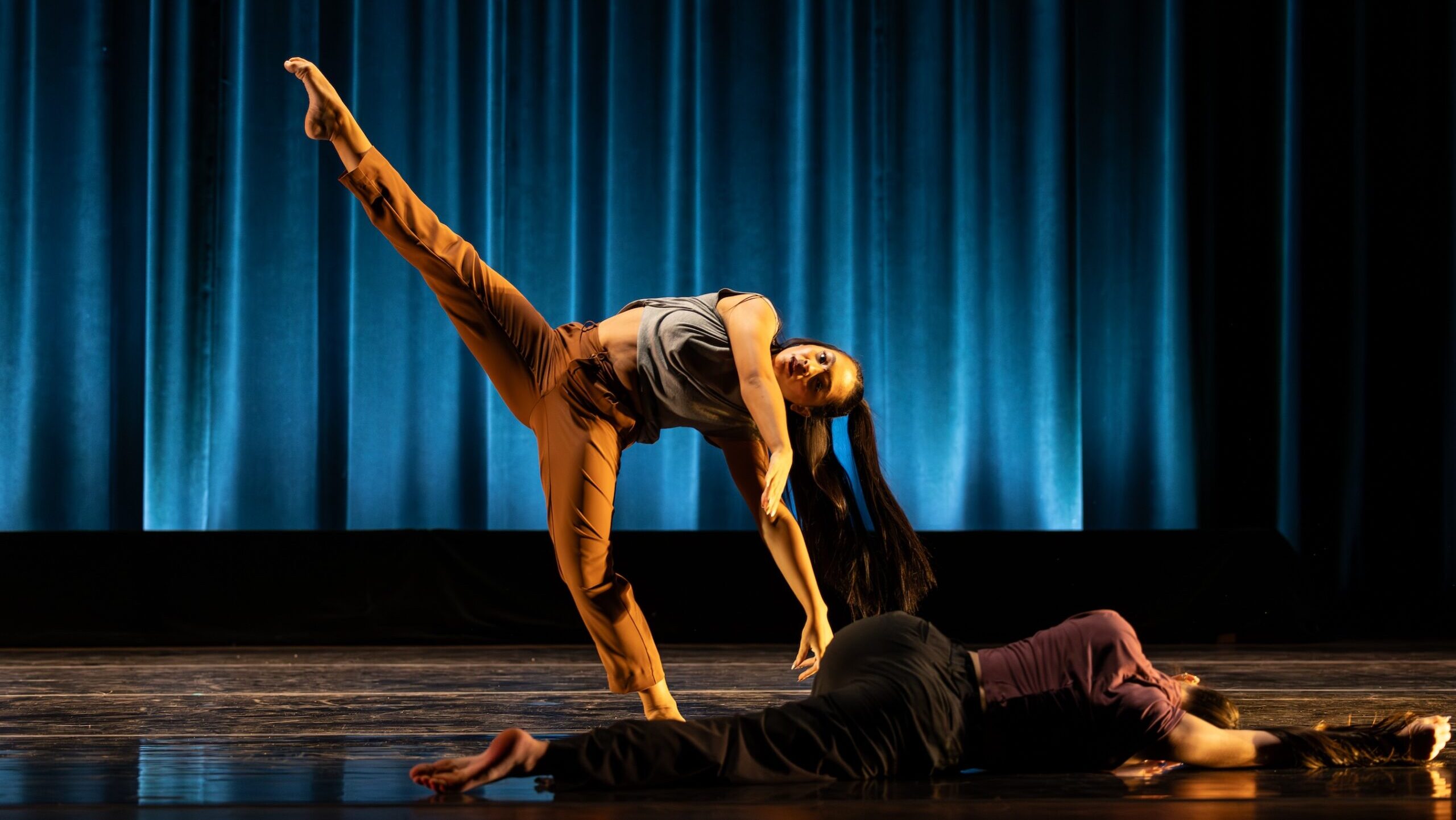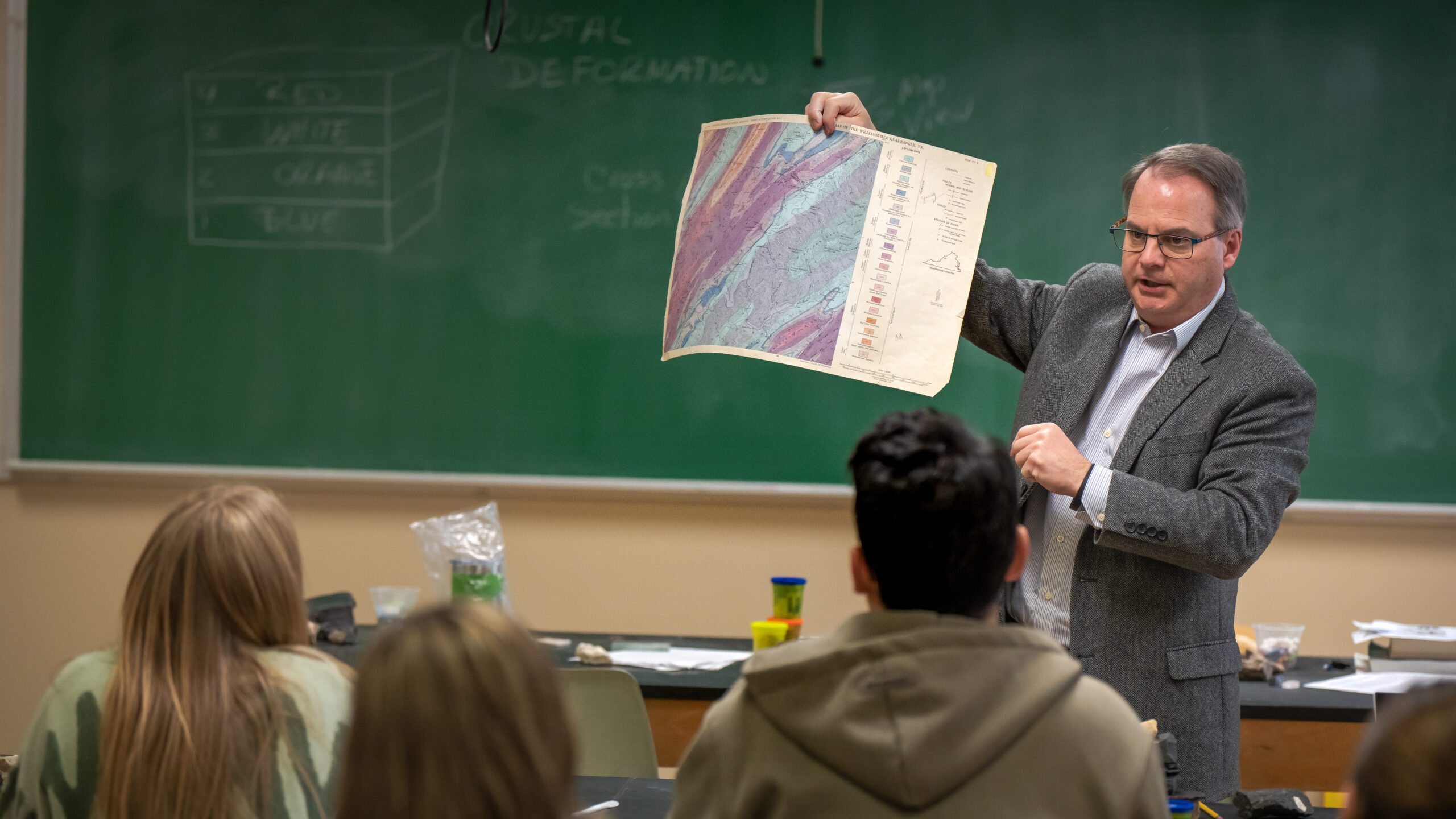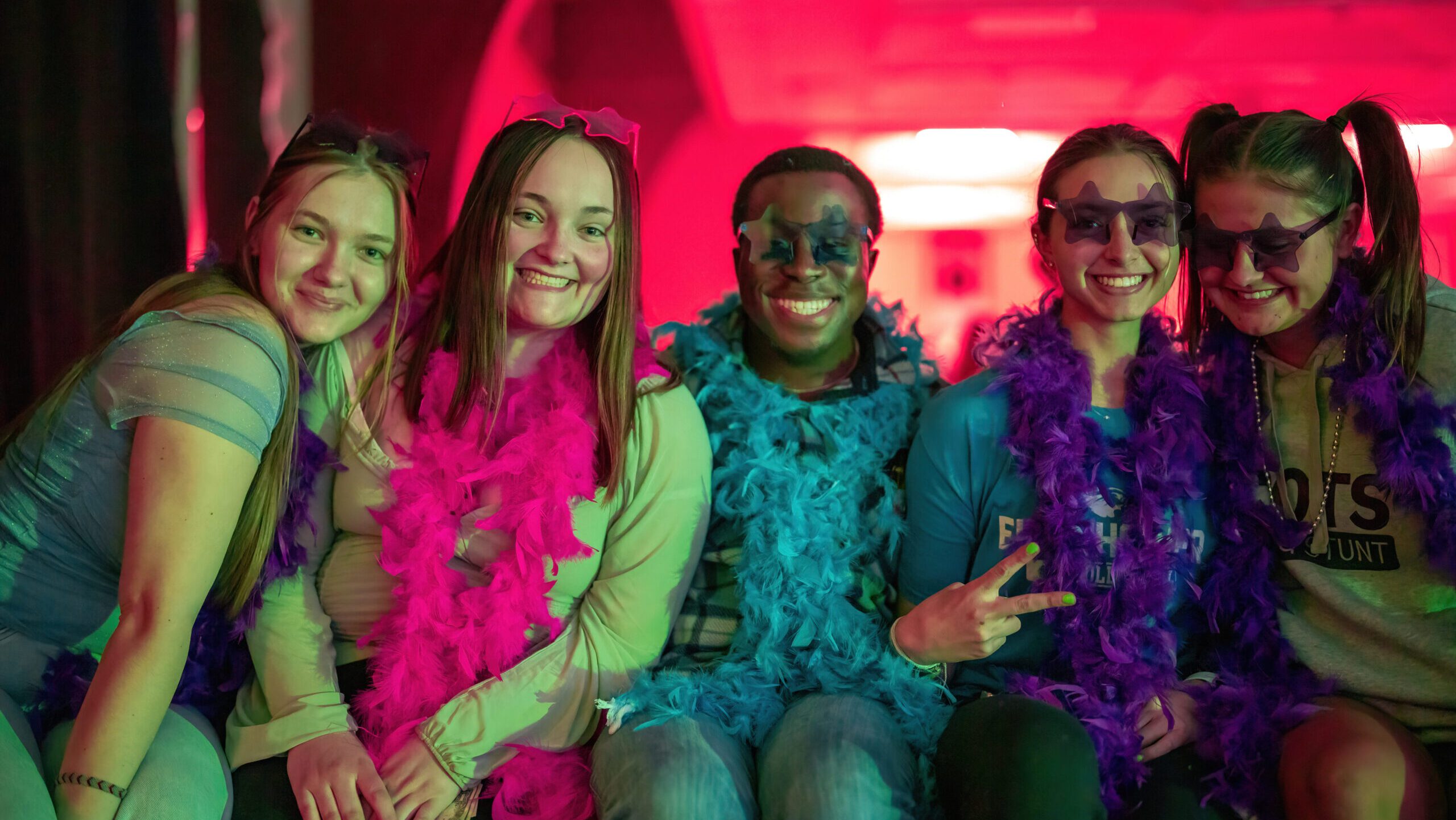Science and engineering classes are preparing students for future careers in growing fields, with a steady footing in the liberal arts tradition and mission of Alma College.
Great Lakes Watershed Institute formed
Alma College announced in April the formation of a water quality laboratory on campus that will connect students and faculty members with opportunities to serve watersheds and rural communities in the Lower Peninsula of Michigan.
The Great Lakes Watershed Institute (GLWI) opens in fall 2023, serving as the first laboratory that is devoted specifically to the waterways that feed into the Great Lakes. Issues with water quality in the state of Michigan, specifically the mid-Michigan area, are long-lasting and well-documented.
The city of Alma and Gratiot County are impacted by these issues, due to their confluent location on watersheds that meet Lake Michigan and Lake Huron, as well as the history of agriculture and industry in the area and other factors. Climate change is only expected to exacerbate these issues.
A study done by Alma College and the University of Edinburgh concluded that algal blooms and bacterial loading in the upper stretches of the Saginaw River Watershed have lasted longer and increased in intensity over the past 17 years due to general warming of the waters.
“The focus of the GLWI is to provide a sound science foundation to inform smart policy decisions,” said Murray Borrello, instructor of geology and environmental studies at Alma College and head of the GLWI. “This will allow us to not only define current problems, but also anticipate future problems.”
Through the GLWI, students at Alma College will work with faculty and community members to define, address, and solve problems through multidisciplinary and interdisciplinary work. There are also opportunities to expand into engagement for K-12 students through the GLWI.
The GLWI also hopes to connect the work of disparate small villages, townships and cities in the region, in order to address the disproportionately high impacts of environmental issues on areas with lower socioeconomic and minority populations, like Gratiot County.
Students learn about traditional medicine in the Amazon
In the Ecuadorian Amazon rainforest, Alma College students learn about topics in anthropology, language and botany, while helping indigenous people preserve their tradition of using medicinal plants.
Brian Doyle, associate professor of biology and biotechnology, has for more than a decade taught a Spring Term course, “Ethnobotany in the Amazon,” in which students speak with members of the Kichwa community of San Jose de Payamino in order to learn how they have used traditional medicine for thousands of years.
Over time, Doyle said, these discussions have been documented, while samples of medicinal plants have been taken and screened for their pharmacological properties. Those documents were recently compiled into two separate books, which have been published in Spanish for use by the Kichwa people — both in the present and long into the future.
“One of the books is a scientific document, containing information that is catalogued in a database maintained by the Ecuadorian Institute of Intellectual Property. Having that document is something the Kichwa people appreciate having in order to pass on their oral traditions — and it also helps stake their claim to potentially valuable information,” Doyle said.
“The second book is a children’s book, which is something I’m particularly proud of. It contains some history of the community, myths and legends, and fun activities. I think publishing something like this is key to continuing these traditions of using medicinal plants.”
Students who take the course gain experiences unlike most others at Alma College, Doyle said. They hike through narrow paths in the rainforest and ford rivers to reach their destination. They meet traditional healers in their homes to talk about the plants. They collect samples of the plants and conduct various tests on them.
It’s an adventurous course — one that tests the physical, emotional and mental endurance of its students. But its popularity has endured through the years, Doyle said — possibly for the benefits it offers the Kichwa people.
“I think it’s a particularly valuable opportunity for our students because of the interdisicplinary nature of it,” Doyle said. “This is not just for students in the natural science disciplines, it extends into the social sciences and humanities as well. The project actually benefits when students from different disciplines are involved.”
‘Plagues and Peoples’ course combines epidemics and history
“Plagues and Peoples,” a Spring Term course taught by Patrick Furlong and Karen Ball ’87, starkly demonstrates the interdisciplinary education provided by a liberal arts institute like Alma College.
Through the use of case studies like COVID-19, HIV/AIDS, cholera and influenza, “Plagues and Peoples” is an examination of the times in which major epidemics arose, the responses to those epidemics and how they impacted society.
With Furlong’s expertise in world history and Ball’s in biomedical sciences, students are able to understand the full scope of how viruses and diseases spread, and how that spread affects more than just sick individuals.
“To really understand the full impact of these issues that have confronted humanity over time, you have to bring a multidisciplinary approach. At Alma College, this is exactly what we preach,” said Ball, the Charles A. Dana Professor of Integrative Physiology and Health Science. “For instance, as a scientist, I think it is important for our students to see there is critique and constant evaluation of the evidence that supports the orthodox view of the time period.”
For source material, the professors largely pull from William NcNeil’s 1976 text, “Plagues and Peoples,” which takes students all over the world, from Asia to North America to Europe. They also use scholarly articles analyzing the connections between the pandemics and their historical contexts, which lends a unique perspective to students’ understanding of events.
“The materials we use are dated, in some cases, but it’s important to use them because they are dated,” Ball said. “It helps our students understand the biases that shaped the views of these scholars and how those biases changed over time.”
Hyde wins Kapp Prize for rocket engine project
A crowd of students from across campus gathered behind Stone Recreation Center on Dec. 1 to see Ann Arbor junior Stevie Hyde test his physics project in spectacular fashion.
The first test didn’t produce an ignition. But the second resulted in a loud roar — one that measured 150 decibels, or as loud as a gunshot, and lasted for 10 seconds.
“It was really cool to see the rocket engine ignite — hearing the incredibly loud noise and seeing my friends and I standing around with shocked looks on our faces after watching it fail to ignite the first time,” Hyde said. “It made me even happier to present at Honors Day and seeing so many students engaged in what I was saying and asking questions.”
Hyde began his project as a first-year student. It continued through an engineering workshop course supervised by Victor Argueta-Diaz, associate professor of physics and pre-engineering coordinator, as well as through an independent study course.
In his project, Hyde designed, constructed and tested a small rocket engine, in order to understand “the science behind traditional rocket engines, as well as the numerous other systems that must work together to ensure that the engine runs properly.”
For his efforts, this past spring, he was awarded the Ronald O. Kapp Honors Day Prize in the natural sciences category.
“I’m really grateful to Alma College for giving me the freedom to do this kind of project and earn credit on it, but I also feel like this is the kind of thing that could only be done at Alma,” Hyde said.
“If I had gone to a larger state university, I don’t think that I could go from one building to another whenever I felt like it to ask a question of a faculty member from another discipline. But whether it was Dr. Argueta-Diaz, Dr. (Steuard) Jensen, Dr. (Morgan) Fonley, everyone was very supportive and helpful.”
Hyde added: “When you do something as potentially dangerous as this, it requires a lot of trust. So, I’m grateful that faculty had an opportunity to get to know me and let me earn their trust.”
Hyde plans to continue his studies of engineering and physics before moving on to graduate school to study rocket science.
Pre-Health Professions Committee works together across disciplines
The Pre-Health Professions Committee (PHPC) helps ensure students don’t merely succeed at and graduate from Alma College — but that they’re able to take the next step and proceed to medical school.
The committee includes eight members from across a variety of disciplines, ranging across the STEM fields as well as members of the college Admissions and Student Life Offices.
It’s co-chaired by Associate Professor of Chemistry Nancy Dopke and Associate Professor of Integrative Physiology and Health Science Brianna Harfmann ’11, who agree that the interdisciplinary, comprehensive approach of the group has yielded positive results for Alma students.
“Something that we wanted to do when we started the committee was to create a holistic advising process,” Dopke said. “As an adviser, I may only have a student in one or two classes. But if I can have other faculty members in the room with me when planning a letter of evaluation, along with staff from other departments, we can share information to provide a more comprehensive view of the student.”
The committee helps students in three distinct ways. It offers supplementary advising for any student who is considering or has decided to pursue a pre-health field. It offers a wide range of workshops and information sessions on study strategies, applying to graduate school and more. Finally, it writes letters of evaluation and helps in preparing graduate school applications.
“Applying to medical school is an expensive, involved process,” Harfmann said. “It takes a lot of work over a long period of time. So, if we’re able to give our students as much preparation as we can before they make that leap, we’ll have done great work.
“These services we offer are based entirely on where the student is in the process individually. The workshops we offer, for example, are different for first-year and senior students.
Letters are often written in conjunction with other people the student might know across campus, such as a coach or a performing arts instructor.”
The committee is a relatively young body, so information on its effectiveness in seeing students graduate from medical school is not available yet. But anecdotally speaking, Dopke and Harfmann say, it appears the committee approach is working.




